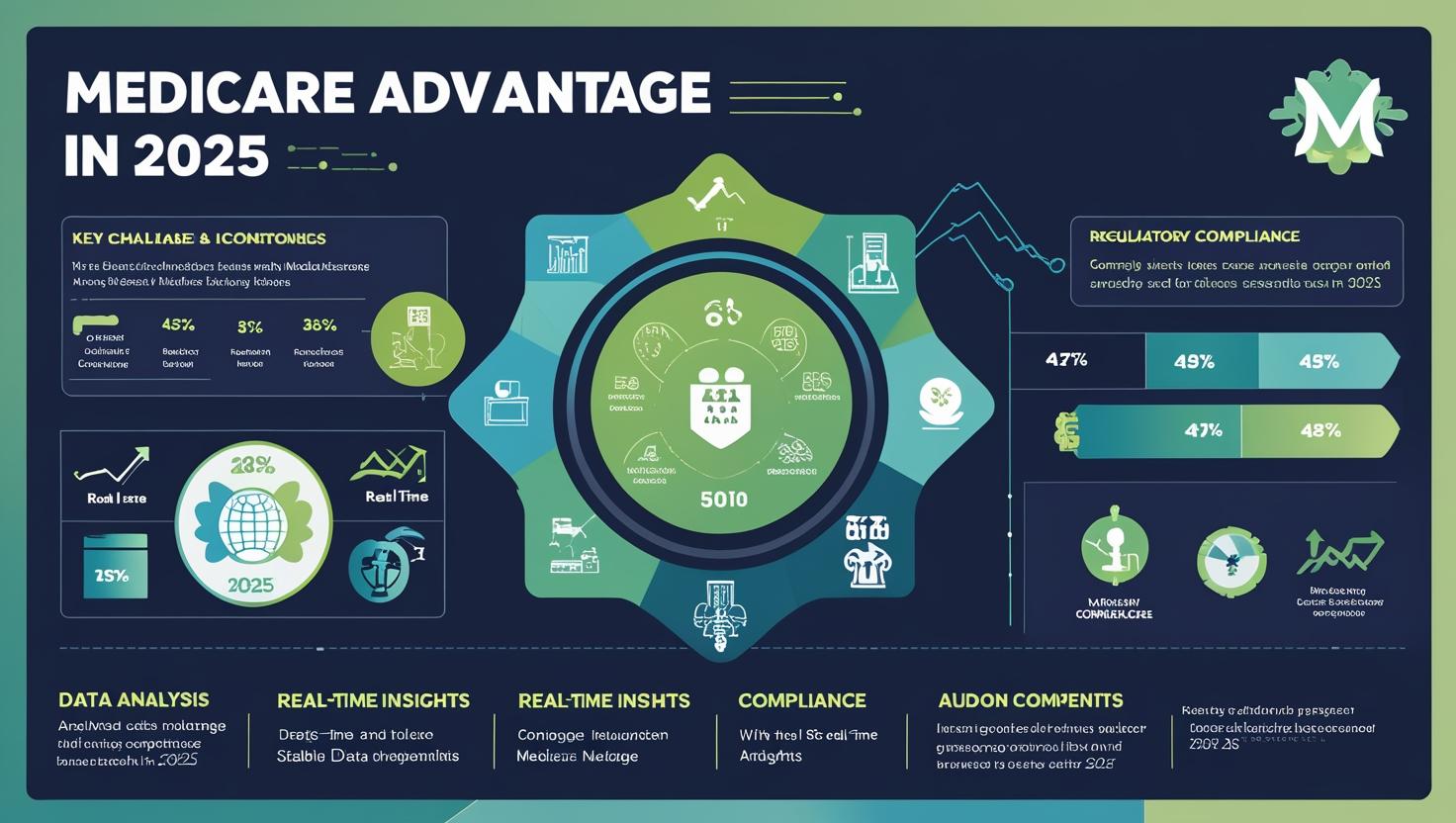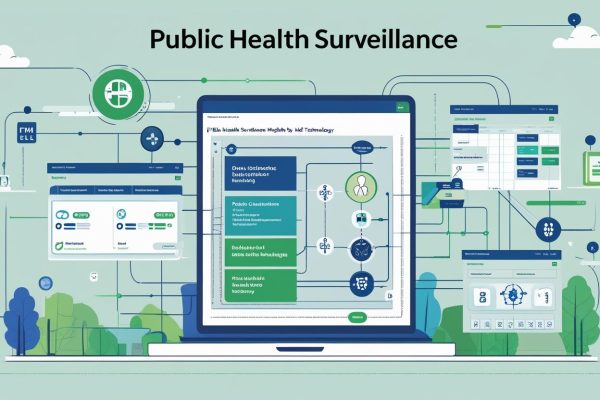Medicare Advantage Plans are a high-stakes choice in 2025, not just a medical alternative. Navigating the Medicare Advantage landscape has never been more crucial due to the numerous moving components, increasing complexity, and the aging population’s need for improved care. For millions of Americans, selecting the best plan involves considerations of price, accessibility, and survival in addition to advantages. Staying educated is crucial due to changing care models, analytics-driven platforms, and regulatory changes.
Knowing all that CMS Medicare Advantage Plans have to offer can make the difference between succeeding and failing as a plan administrator, provider group, ACO, or DCE. This handbook breaks everything down, including real-time technology, coverage specifics, pain spots, and tactics for thriving in a value-driven system.
What Medicare Advantage Means in 2025
CMS regulates Medicare Advantage (Part C), but private insurers handle its administration. It combines Medicare Parts A and B into a single plan, frequently together with Part D. By 2025, the program will have deeper care coordination goals, more quality standards, and richer information.
Key Expectations and Features:
- Integrated Coverage: Medical facilities (Part B), hospitals (Part A), and often prescribed medications (Part D)
- Supplemental Services: Programs for dental, vision, hearing, and wellbeing
- Set Copays: Mechanisms enabling beneficiaries to share predictable costs
- Quality Emphasis: Plans need to raise HEDIS results and STAR ratings.
Real Pain Points in CMS Medicare Advantage Plans
At every level of care, beneficiaries and providers are facing some urgent challenges. What keeps people up at night is as follows:
Administrative Overhead
- Timely care is delayed by prior authorizations.
- Manual review procedures raise the possibility of rejections.
Care Coordination Gaps
- Duplicate or overlooked treatments result from fragmented data silos.
- Lack of long-term patient data influences results.
Financial Strain
- Increasing out-of-pocket costs out of pocket in spite of “covered” services
- A risk that erroneous RAF scores will affect reimbursements
Compliance Complexity
- CMS requirements are always changing, which puts pressure on updates.
- Penalties and audits may result from misaligned documents.
Data and Technology: The Only Way Forward
Providers and health systems are using Digital Health Platforms, which leverage AI and real-time data inputs to cut through complexity, to overcome these obstacles.
Core Technological Capabilities:
|
Feature |
Impact |
|
Real-Time HCC Coding Dashboards |
Pinpoint risk scores, RAF gaps, and coding discrepancies instantly |
|
Live STAR/HEDIS Monitoring |
See STAR rating movements and HEDIS performance in real time |
|
Dynamic Care Planning Tools |
Build care plans personalized to each member’s risk profile |
|
Provider Benchmarking |
Compare provider performance across quality and cost outcomes |
Medicare Advantage Organizations Need Actionable Insights
Plans require more than just data aggregation tools. At the point of care, they require systems that aggregate insights.
Must-Have Features for 2025:
- Auto-Generated HCC Suggestions: At the encounter level, highlight any questionable codes.
- Risk Stratification Alerts: Draw attention to members who pose a significant or growing risk.
- Population-Level Reporting: Divide up the population to customize care management tactics.
- Provider Engagement Tools: Communicate gaps, updates, and performance indicators directly to clinical staff
Benefits of Streamlining Medicare Advantage Operations
There is more to simplifying plan management than merely cutting expenses. It indicates:
- Reduced time to comply with risk adjustments
- Increased retention and satisfaction among members
- Decrease in needless hospitalizations and overuse
- Improved revenue recognition and financial forecasting
A Smarter Strategy for Provider Groups and ACOs
A smooth Medicare Advantage implementation for provider companies managing value-based contracts entails:
- Alerts in real time regarding unfilled care gaps
- Benchmark data availability to inform clinical priorities
- Quicker processes for documentation, follow-ups, and coding
- Without a cohesive, intelligent platform, this degree of efficiency is just not achievable.
Why Quality Metrics Drive Everything Now
CMS has matched quality scores with payment mechanisms. Because of this, HEDIS metrics and STAR ratings are crucial to financial sustainability.
Plans that make investments in cutting-edge technology to maximize medication adherence, care gap closure, and preventative screenings do better than their counterparts in terms of clinical and financial outcomes.
Risk Adjustment: Still a Minefield in 2025
Common Pitfalls:
- Inadequate medical records
- Outdated EHR information
- Lost chances for recapture
Repairs:
- Aggregation of data in real time across systems
- Tools for clinically verified coding
- Risk profiles are unique to each patient for each interaction
Bottom Line
The environment of Medicare Advantage in 2025 is dynamic. Data, laws, technology, and patient needs have all shaped this dynamic field. Clinical accuracy, technical foresight, and operational intelligence are necessary for clinicians and health systems to navigate this terrain.
Stakeholders may improve care delivery, increase compliance, and guarantee financial stability by using solutions made to address pain points in real time.
Why Persivia Matters Now
To address the precise issues mentioned above, Persivia provides complete AI-powered healthcare platforms. Medicare Advantage businesses may operate more effectively because of these unified approaches to coding, HEDIS, STARs, and care planning. Persivia’s platform might be the digital cornerstone you require if you are navigating Medicare Advantage’s tomorrow.






